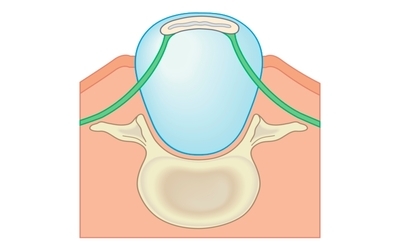What Everyone Ought to Know About Genes and Spina Bifida
Spina bifida used to be a frequent complication in the health of newborn babies, but thanks to recent medical advances it no longer affects the wellbeing and wellness of so many. For some children, however, it may be that this problem comes from their genetics, rather than from any kind of congenital complication.
Spina Bifida is commonly linked to a condition called Arnold-Chiari malformation, which is a genetic disorder. It can cause all kinds of life-altering complications. It is generally thought to be caused by complications during the first trimester of pregnancy, although the origin of these complications are not really understood.
If you have a child with spina bifida, it is important to know that your child will undergo a variety of diagnostic tests during early life, all done with the intention of ensuring that they are set up with the best possible healthcare for life. As part of this, an MRI scan is normally done to check your child’s brain function and find out if there are any complications that you need to be aware of.
When an MRI scan is done on children whose spina bifida is secondary to Arnold-Chiari malformation, the picture will show a complication at the bottom of the skull, where brain matter appears to have fallen into the spinal column. This can cause extreme headaches, radiating from the neck into the head. There is also likely to be increased incidence of arm and neck pain.
Often these symptoms are misdiagnosed as spina bifida related, rather than Arnold-Chiari malformation being investigated. If the pain is persistent in the neck and arm, and if a complication of swallowing starts to become involved too, then it is at this point that you should ask for your child to be assessed for the malformation, as it may enlighten you on the cause of their spina bifida.


Comments are closed.